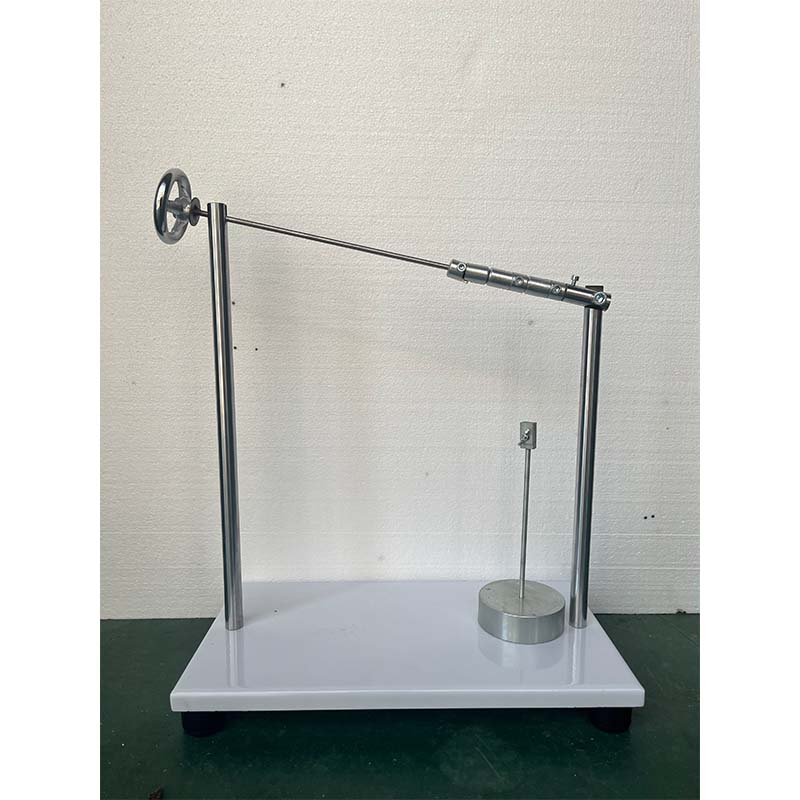insulation resistance tester tester
Understanding Insulation Resistance Testers Importance and Application
Insulation resistance testers are essential tools in the electrical industry, utilized to assess the integrity of insulation in electrical systems. These testers play a pivotal role in ensuring that electrical installations are safe, efficient, and compliant with industry standards. By measuring the resistance of the insulation, technicians can identify potential failures and prevent electrical hazards.
What is Insulation Resistance Testing?
Insulation resistance testing is a method used to evaluate the effectiveness of insulating materials used in electrical circuits. It helps determine the condition of insulation and detects any deterioration due to age, moisture, contaminants, or mechanical stress. The primary goal of this testing is to ensure that electrical devices are free from short circuits and leakage currents that could lead to dangerous situations.
The test itself is conducted using an insulation resistance tester, which applies a high voltage (typically ranging from 250V to 1000V) to the insulation material and measures the resistance in ohms. A higher resistance value indicates better insulation quality, while lower values signify possible insulation failure, which can lead to equipment damage or electrical shocks.
Importance of Insulation Resistance Testing
1. Safety The foremost reason for conducting insulation resistance testing is safety. Poor insulation can lead to electrical shocks, fires, and other hazardous situations. Regular inspections help in early detection of insulation failure, ensuring that workers and the public are protected.
2. Preventive Maintenance Insulation resistance testing is a crucial part of preventive maintenance for electrical equipment. By identifying insulation degradation before it leads to severe problems, companies can avoid costly downtimes and repairs.
3. Compliance with Standards Many industries are governed by strict safety standards. Performing insulation resistance tests helps organizations ensure compliance with these regulations, reducing liability and safeguarding their reputation.
4. Longevity of Equipment Regular testing can significantly extend the lifespan of electrical equipment. By maintaining good insulation, companies can prevent premature failures and the associated financial implications.
5. Operational Efficiency Electrical systems with poor insulation can lead to energy losses. Conducting insulation resistance tests helps optimize the performance of electrical installations, enhancing operational efficiency.
Types of Insulation Resistance Testers
insulation resistance tester tester

Insulation resistance testers come in various models, each designed for specific applications. Some of the most common types include
- Handheld Insulation Testers These portable devices are ideal for on-site testing and are user-friendly. They are typically used for testing smaller equipment and circuits.
- Analog Testers While becoming less common due to the rise of digital technology, analog testers are still utilized for their simplicity and reliability in specific applications.
- Digital Insulation Testers These testers provide accurate readings and often come with advanced features such as data logging, auto-discharge functions, and multiple voltage settings.
- Insulation Multimeters These versatile devices combine insulation testing capabilities with standard multimeter functions, enabling technicians to conduct a variety of electrical tests with a single tool.
Best Practices for Conducting Insulation Resistance Testing
1. Preparation Before conducting tests, ensure that the equipment is de-energized and that all necessary safety precautions are taken. Remove any connected loads to obtain accurate measurements.
2. Choose the Right Voltage Depending on the type of insulation and the equipment being tested, it is essential to select the appropriate test voltage. Different materials may require varying voltage levels for a thorough assessment.
3. Documenting Results Always record the insulation resistance values obtained during tests. This documentation helps in tracking changes over time and identifying trends that may warrant further investigation.
4. Follow Manufacturer Guidelines Adhering to the manufacturer's recommendations and industry standards is crucial for accurate and reliable testing.
In conclusion, insulation resistance testers are invaluable instruments for ensuring the safety and reliability of electrical systems. By regularly conducting insulation resistance testing, companies can safeguard their operations, adhere to safety standards, and ultimately foster a safer working environment.
-
The Role of Tensile Force Testers in Quality Control and Material Science
NewsAug.01,2025
-
Maintenance and Safety Tips for Aging Ovens
NewsAug.01,2025
-
Density Balance in Forensic Science
NewsAug.01,2025
-
Advanced Optical Measurement Technologies
NewsAug.01,2025
-
A Buyer’s Guide to Tensile Test Machines
NewsAug.01,2025
-
Why the Conductor Resistance Constant Temperature Measurement Machine Redefines Precision
NewsJun.20,2025
 Copyright © 2025 Hebei Fangyuan Instrument & Equipment Co.,Ltd. All Rights Reserved. Sitemap | Privacy Policy
Copyright © 2025 Hebei Fangyuan Instrument & Equipment Co.,Ltd. All Rights Reserved. Sitemap | Privacy Policy
